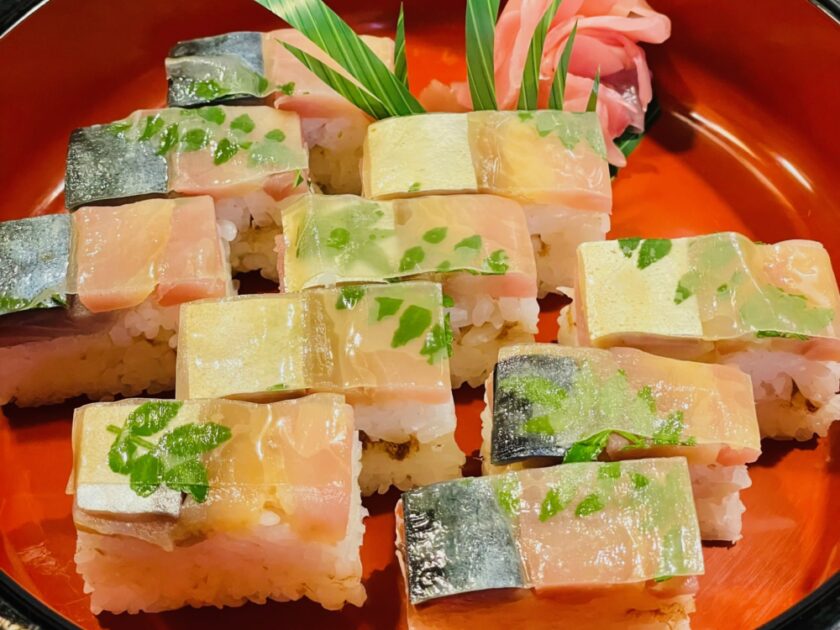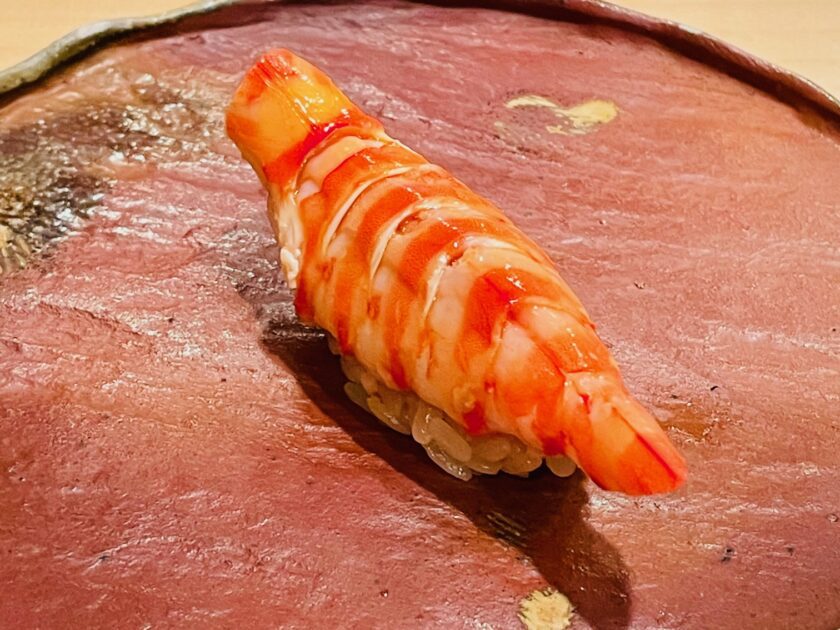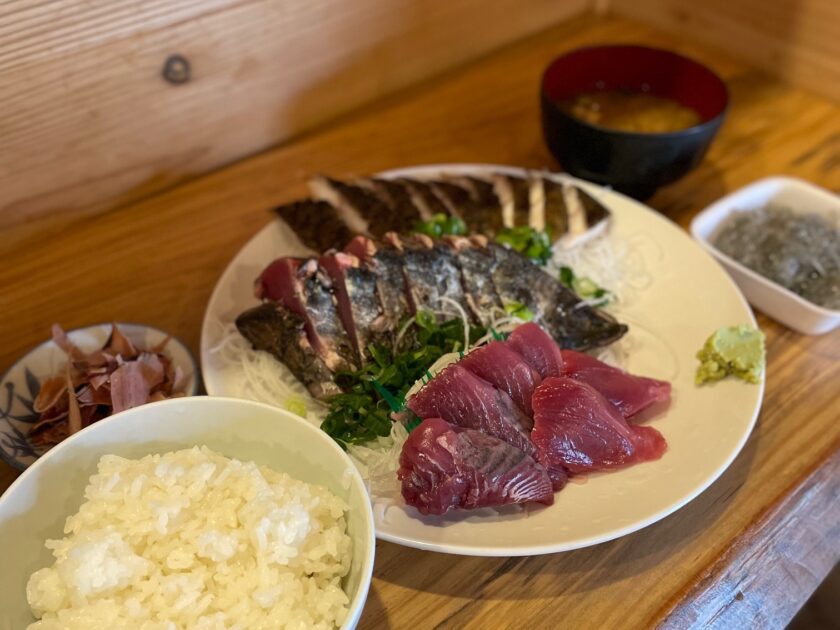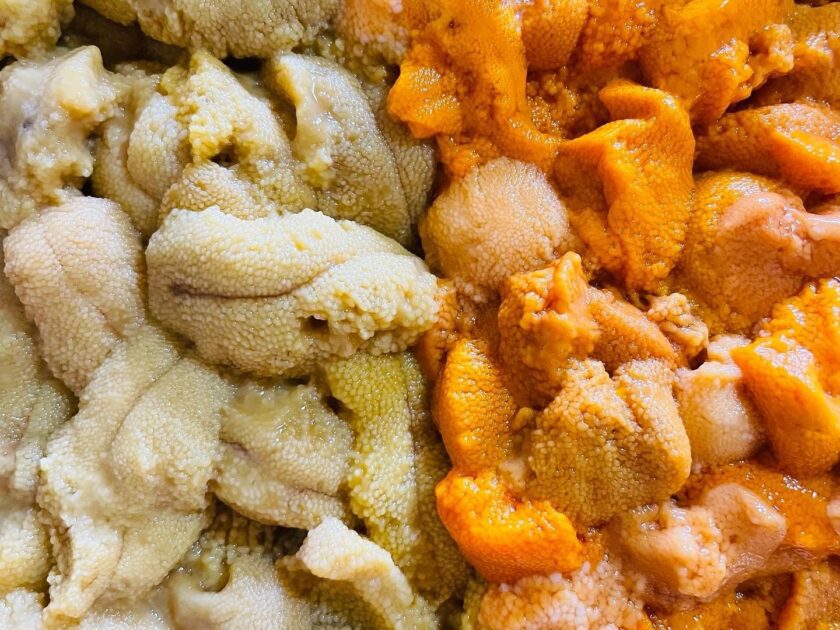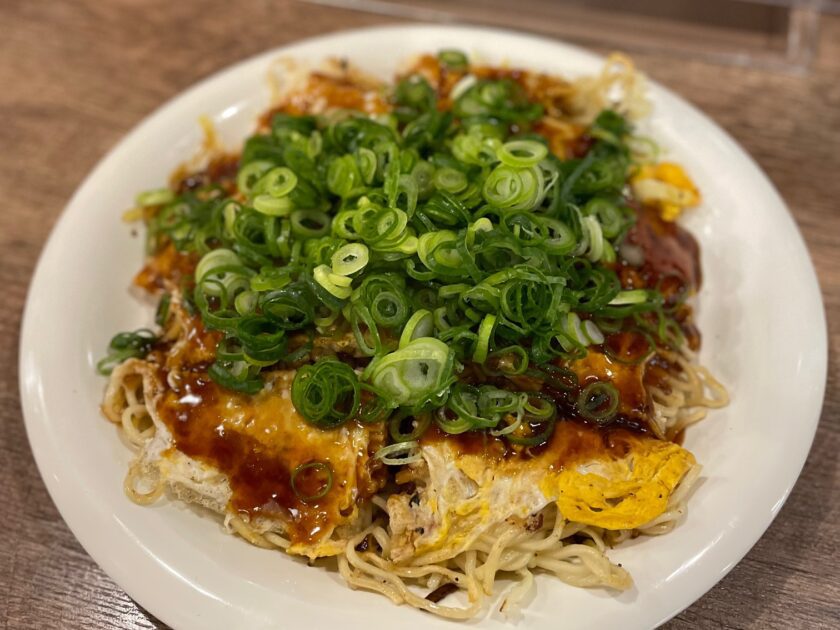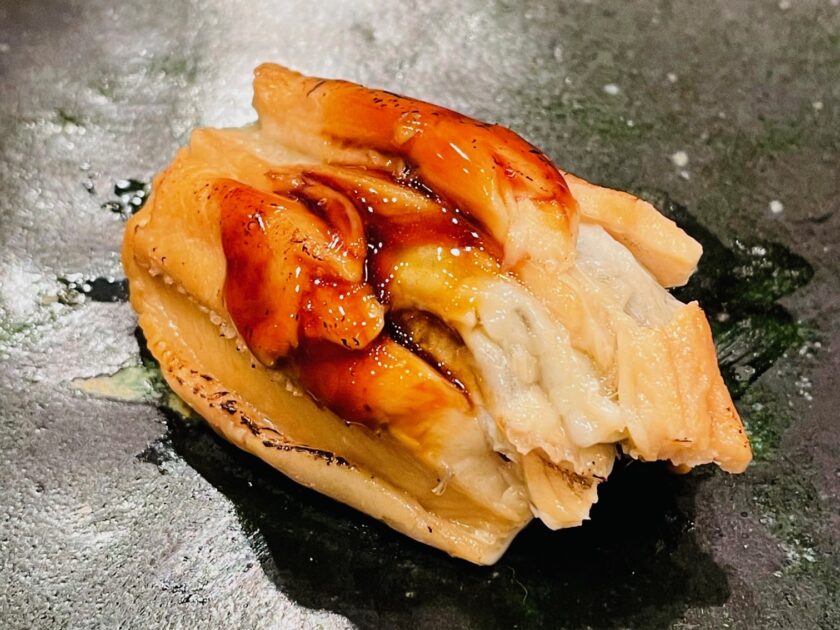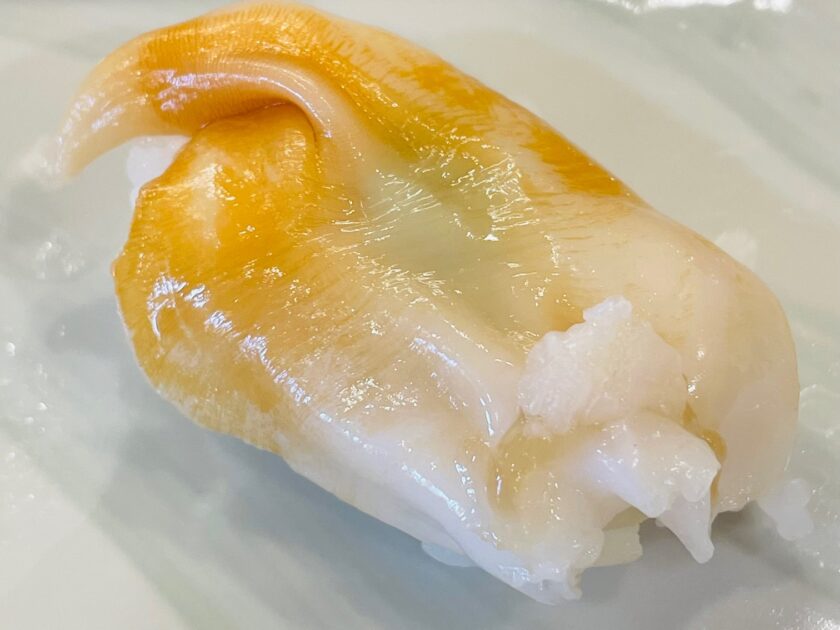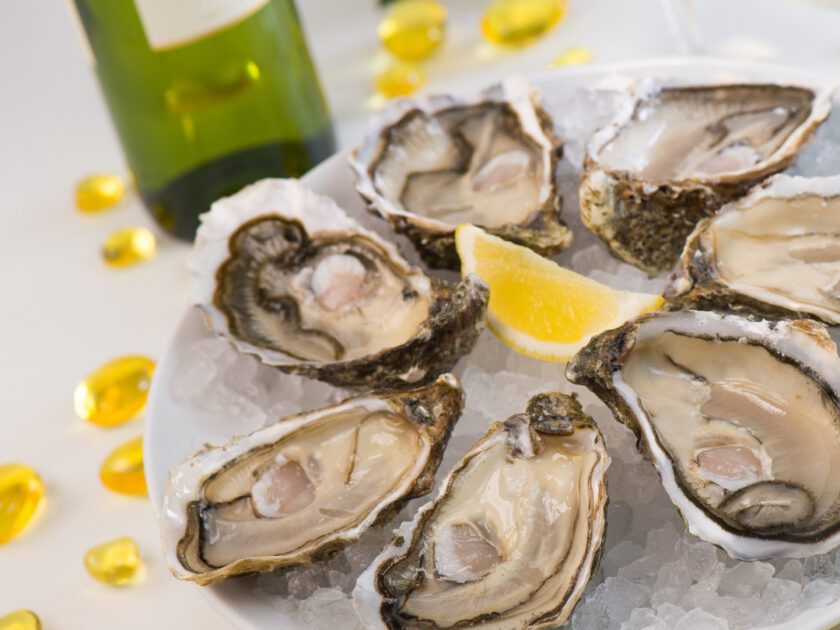June itinerary in Japan Day 1 (Osaka Meal edition)
June itinerary in Japan Day 1 (Osaka Meal edition) (Wednesday, June 8) Table of contents 1. Soraben 2. Okonomiyaki “Abeton” 3. Sushi “Abaraya” 1. Soraben For breakfast on June 8, I had a “Soraben (Sky bento)” at Haneda Airport. This trip to Osaka/Kyoto has nothing to do with Fukuoka Prefecture, but I bought a “Yamaya Mentai Saizen” (Yen 1,350) from Fukuoka Prefecture. The “Yamaya Mentai Saizen” is one of the more expensive “Soraben” sold at Haneda Airport. However, when I opened the lid of the bento, I found that the coloring was very plain. I was disappointed after opening the lid, because I think coloring is very important for both “Ekiben” and “Soraben”. The taste was good, but it was not good enough to make up for the very plain coloring. Considering the price, I felt that it was a very overpriced “Soraben”. I knew I shouldn’t have bought a Fukuoka bento at Haneda Airport. 2. Okonomiyaki “Abeton” After sightseeing at Shitennoji Temple, I had okonomiyaki at “Abeton“, which is located a little more than 5 minutes away on foot. “Abeton” is located in an underground shopping mall called “Abechika”. It is located on the Shitennoji Temple

